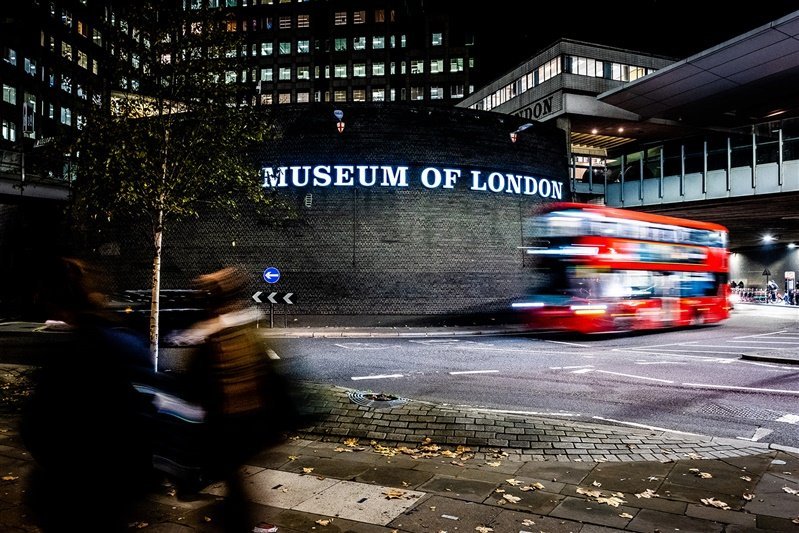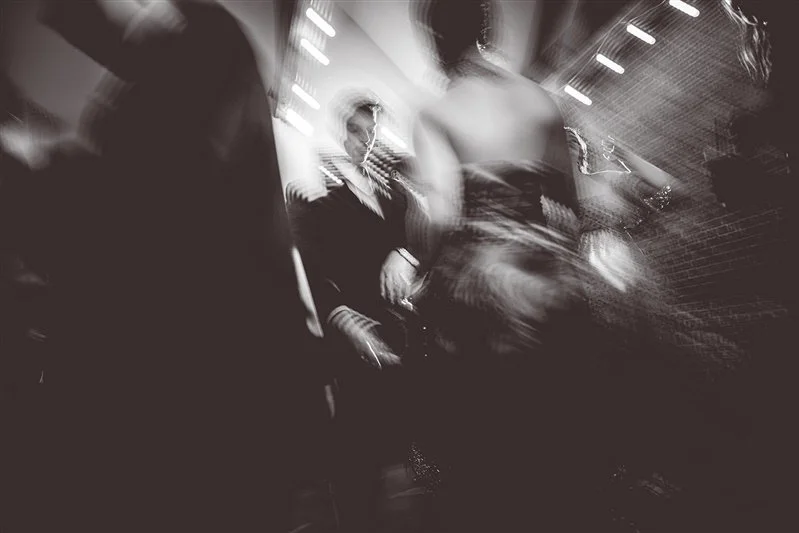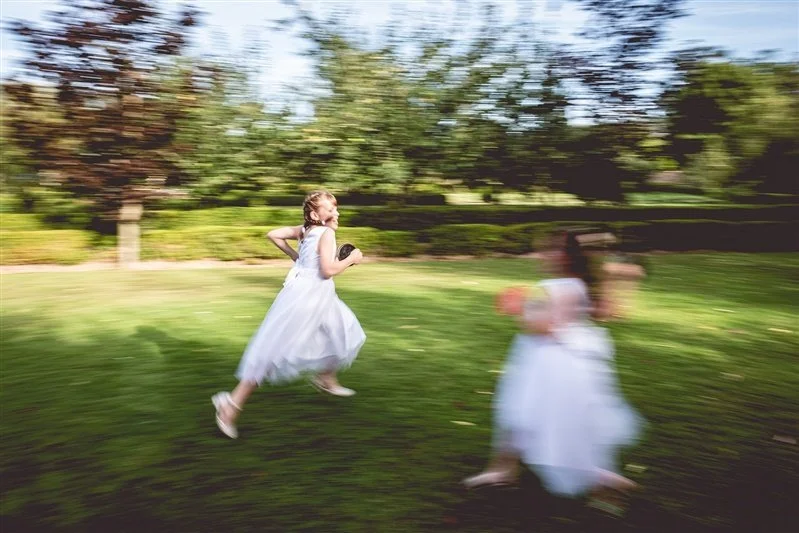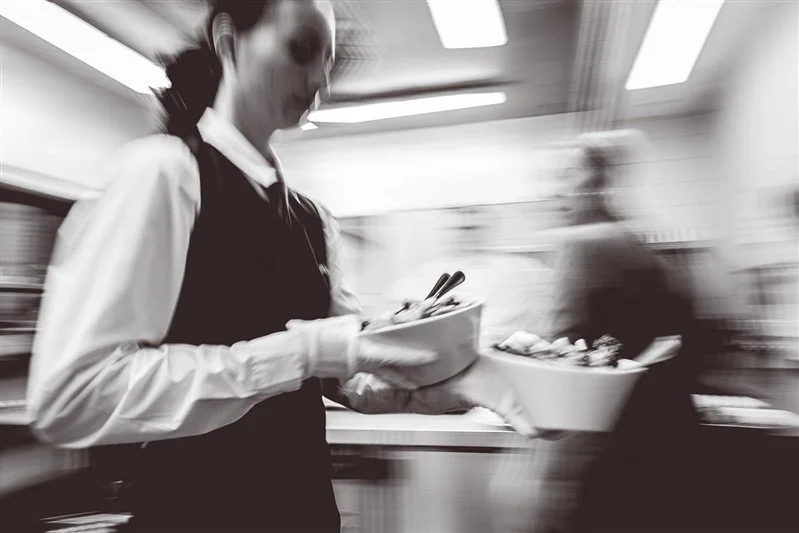Wedding Photographer Maidstone, Kent, UK
Looking at movement in a still photograph… AKA: Motion blur; Weddings, Sports, Events and Parties
Whichever style or genre I am commissioned to shoot I like to vary the images I make if allowed to. One of the styles I try and include where it is appropriate is motion blur and if possible I try to use it as part of my finished project. Lots of my work (not all) is about story telling and wedding photography is one of those. So making an image with movement isn’t about losing clarity—it’s about adding dimension. It gives my clients photographs that don’t just show what happened, but communicates the energy, mood, and emotion of their wedding story in a way sharpness alone can’t.
When you introduce motion or blur into a still photo, you’re essentially giving clients a way to tell stories that feel more alive than a static, perfectly sharp image might give us. Motion blur reminds viewers that the scene existed in the moment which can make the story more emotionally engaging. This can especially help when shooting sports and commercial event assignments.
Sharp, frozen images can sometimes feel too straightforward. With motion blur, the viewer’s eye lingers, trying to piece together the movement. That little bit of mystery keeps people engaged, which is powerful when clients want photos that stand out, hold attention and allows them to remember the moment as it felt like. I bet the groom in the image above felt just like this photo looks…
Blurred movement adds layers to a composition. Instead of everything being perfectly sharp, the viewer’s eye differentiates between what’s static (and possibly important) and what’s fleeting, which brings a cinematic quality to the photo.
This can be subtle and sometimes more abstract in nature. When the assignment brief allows, this is completely up to me as the photographer to decide on the type of look I want to achieve with the photograph at that time.
The next two images below from January 2024 at the TWIA awards finals at The Globe, in London, show two very similar photographs taken just moments apart; the first one has NO motion blur and the second DOES have motion blur - Which one do you find more exciting and engaging? First or second?
In conclusion as with all photography, it really comes down to the viewers personal preference however I think most finished weddings, corporate or sporting events galleries can benefit with having a few photos that show good motion blur and give the event more personality and depth.




















